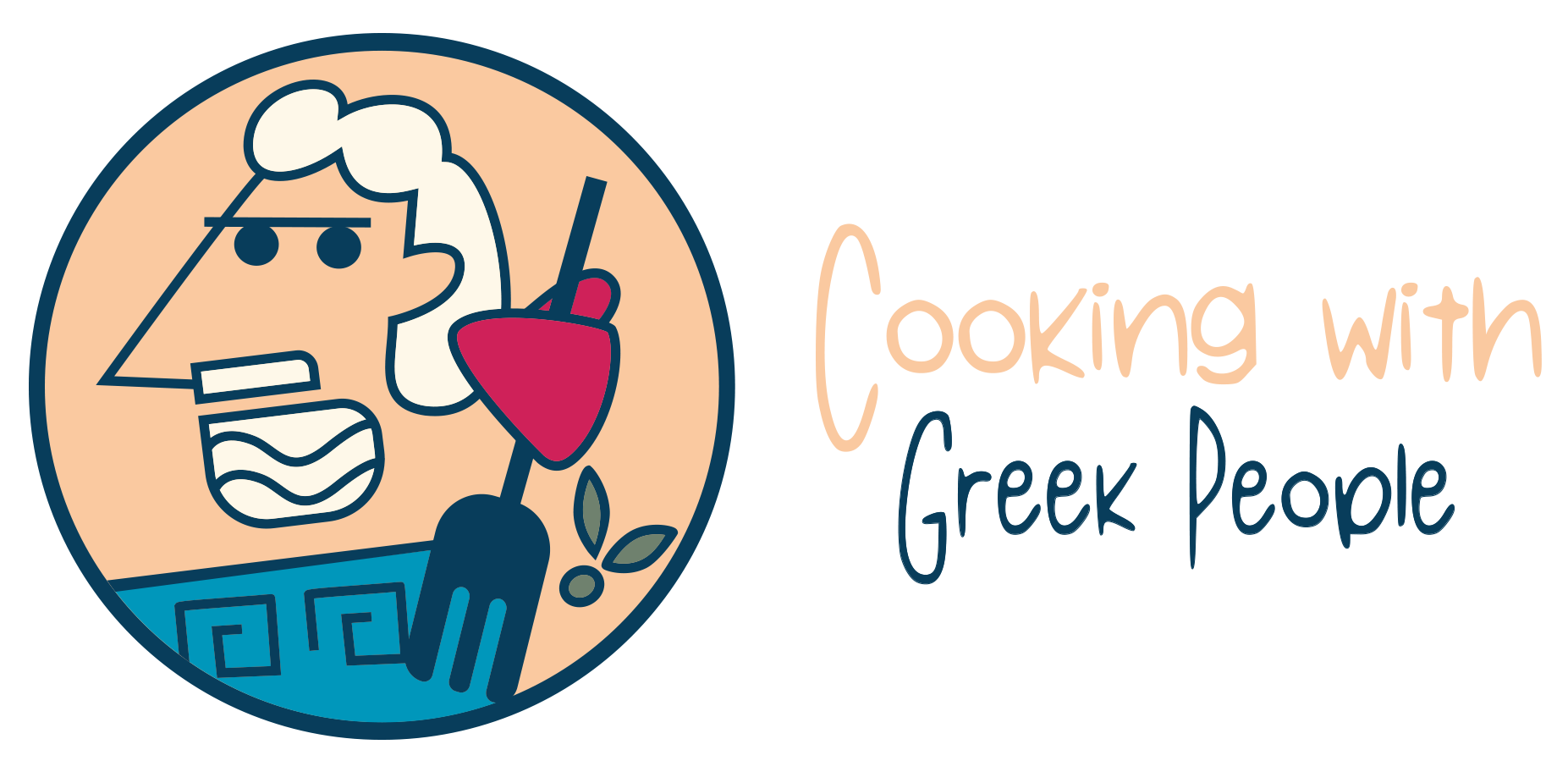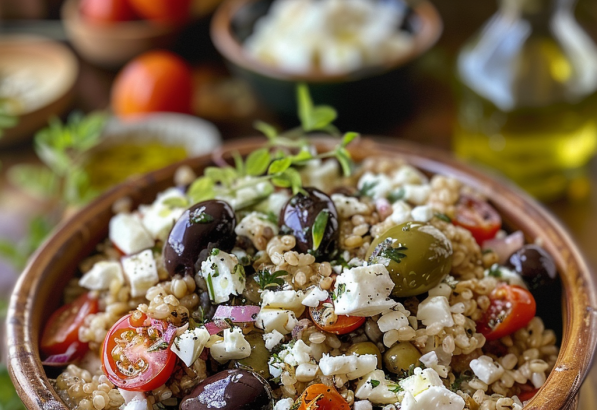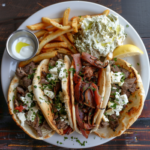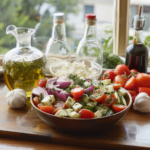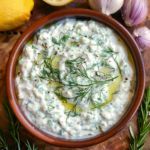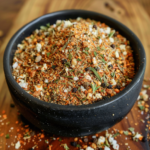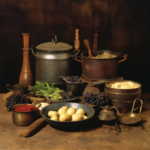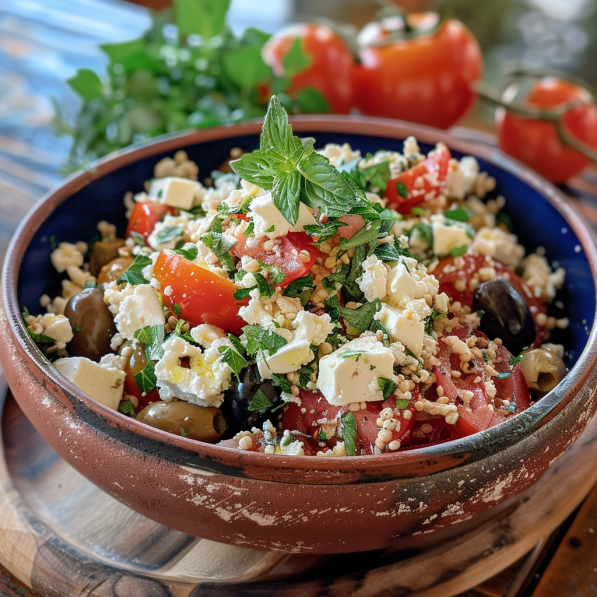
Cretan cuisine, with its roots in the island of Crete, is celebrated for its fresh, wholesome ingredients and traditional recipes. Among the myriad of delicious dishes, Dakos Salad stands out as a quintessential Cretan salad that captures the essence of the Mediterranean diet. This blog post will delve into the rich history, ingredients, and step-by-step recipe for Dakos. Additionally, we’ll provide FAQs and embed relevant internal and external links to enrich your understanding and culinary journey.
The Essence of Dakos Salad
Dakos, also known as Koukouvagia, is a traditional Cretan salad made with barley rusks, tomatoes, feta or mizithra cheese, olives, and a sprinkle of oregano. This dish is a staple in Cretan cuisine and embodies the simplicity and flavor of Mediterranean food. The use of fresh, local ingredients makes Dakos a healthy and delicious choice for any meal.
Ingredients of Dakos Salad
- Barley Rusks: Known locally as “paximadi,” these are hard, twice-baked bread made from barley flour.
- Olive Oil: Extra virgin olive oil, preferably from Crete, is used to soften the rusks.
- Tomatoes: Fresh, ripe tomatoes are a must for the authentic taste.
- Cheese: Traditionally, mizithra (a soft, white cheese) is used, but feta is a common substitute.
- Olives: Kalamata or other Greek olives add a briny flavor.
- Oregano: Fresh or dried oregano provides a fragrant finish.
How to Make Dakos Salad
Recipe for Traditional Dakos Salad
Dakos Salad Ingredients:
- 4 large barley rusks
- 4 ripe tomatoes, finely chopped
- 200 grams of feta or mizithra cheese, crumbled
- 10-12 Kalamata olives, pitted and sliced
- 1/4 cup extra virgin olive oil
- 1 tsp dried oregano
- Salt and pepper to taste
Dakos Salad Instructions:
- Prepare the Rusks: Lightly moisten the barley rusks by dipping them quickly in water. Place them on a serving platter.
- Tomatoes: Spread the chopped tomatoes evenly over the moistened rusks.
- Cheese: Sprinkle the crumbled feta or mizithra cheese on top of the tomatoes.
- Olives: Scatter the sliced olives over the cheese.
- Seasoning: Drizzle extra virgin olive oil over the top and sprinkle with dried oregano, salt, and pepper.
- Serve: Allow the flavors to meld for a few minutes before serving.
Enjoy your traditional Dakos salad with a glass of Cretan wine or as a side dish to a Mediterranean feast.
The Cultural Significance of Dakos Salad
Dakos is not just a dish; it’s a reflection of Cretan culture and heritage. The use of local ingredients like barley, olive oil, and mizithra cheese highlights the island’s agricultural bounty. This salad is a testament to the simplicity and health benefits of the Mediterranean diet, which emphasizes fresh vegetables, whole grains, and healthy fats.
FAQs About Dakos Salad
Q: What makes Dakos different from other Greek salads? A: Unlike other Greek salads, Dakos uses barley rusks instead of fresh bread and mizithra cheese, which gives it a unique texture and flavor.
Q: Can I use regular bread instead of barley rusks? A: While you can substitute with toasted bread, authentic Dakos is made with barley rusks, which provide a distinctive taste and texture.
Q: Is Dakos a healthy option? A: Yes, Dakos is packed with fiber, vitamins, and healthy fats, making it a nutritious and wholesome dish.
Q: Can I prepare Dakos in advance? A: It’s best to assemble Dakos just before serving to prevent the rusks from becoming too soggy.
Q: What cheese is traditionally used in Dakos? A: Mizithra is the traditional cheese used in Dakos, but feta is a popular alternative.
Exploring Cretan Cuisine
Cretan cuisine is rich in flavors and traditions. Here are some notable dishes that you should try:
1. Kalitsounia
These small pastries are filled with cheese or greens and are a popular Cretan snack. They can be sweet or savory and are often enjoyed with a cup of Greek coffee.
2. Chochlioi Boubouristi
Snails cooked in olive oil and rosemary. This unique dish is a favorite among locals and showcases the island’s use of fresh, local ingredients.
3. Gamopilafo
A traditional wedding dish made with rice and lamb or goat, flavored with lemon and staka (a creamy Cretan dairy product).
4. Sfakia Pie
A savory pie from the region of Sfakia, filled with cheese and often served with honey.
5. Kserotigana
Thin strips of dough, fried and then drizzled with honey and sesame seeds. These are often made for special occasions.
6. Apaki
Cured pork, marinated in vinegar and then smoked with aromatic herbs. This is a traditional preserved meat that is full of flavor.
7. Boureki
A layered dish of zucchini, potatoes, and cheese, baked to perfection. This is a hearty and delicious Cretan casserole.
8. Kreatotourta
A meat pie typically made with lamb or goat, mixed with cheese and wrapped in a flaky pastry.
9. Tsikoudia
While not a dish, this traditional Cretan spirit made from distilled grape pomace is often enjoyed with meals or as a digestif.
10. Xynomizithra
A sour cheese that is often used in pies and salads, providing a tangy contrast to the sweetness of other ingredients.
Conclusion
Cretan cuisine, with its emphasis on fresh, local ingredients and simple preparation methods, offers a rich culinary experience. Dakos salad is a perfect example of how Cretan food can be both flavorful and healthy. By incorporating traditional ingredients and methods, you can bring a taste of Crete into your own kitchen.
Helpful Links
- Xinohondros Traditional Cretan Soup – Discover the unique flavors of this fermented wheat and goat’s milk soup.
- Cretan Cuisine: Vibrant Flavors – An overview of the vibrant and diverse Cretan cuisine.
- Gamopilafo: Cretan Wedding Rice – Learn more about the traditional wedding dish.
- Sfakianes Pites: Pies from Sfakia – A deep dive into another traditional dish from Sfakia.
- Greek Kalitsounia: The Crete Specialty – Explore the flavors of these savory Cretan pastries.
- Cretan Mushrooms in a Red Wine Sauce – A delicious mushroom recipe with a Cretan twist.
- Dakos Salad Recipe from Crete – A refreshing Cretan salad perfect for any meal.
- Cretan Honey: The Greek Island of Crete – Learn about the unique honey varieties from Crete.
- Traditional Greek Cooking Techniques – Explore the methods that make Greek cooking special.
- Exploring the Richness of Greek Desserts – A journey through the sweet side of Greek cuisine.
- Greek Food Festivals and Traditions – Celebrate Greek culture through its food festivals.
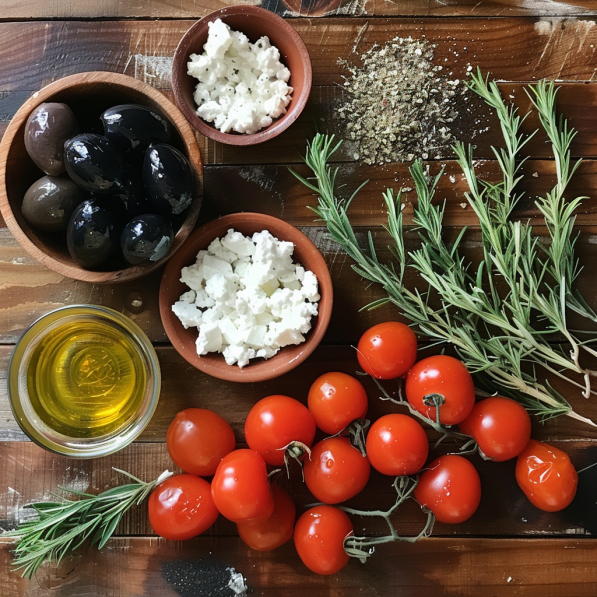
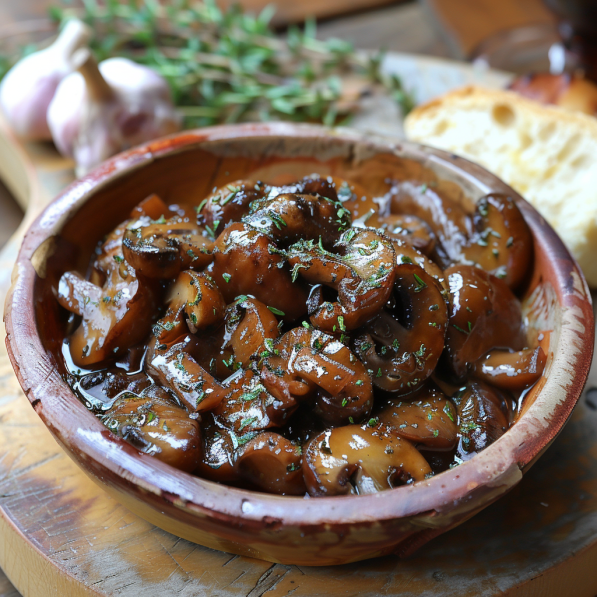
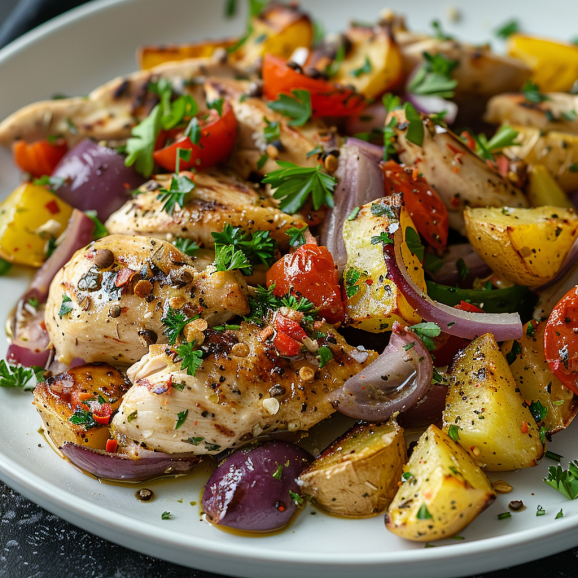
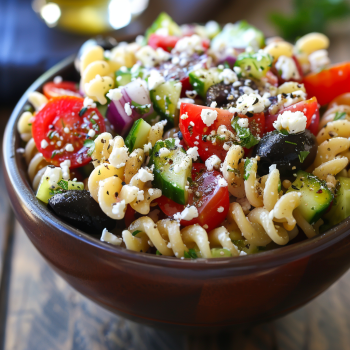
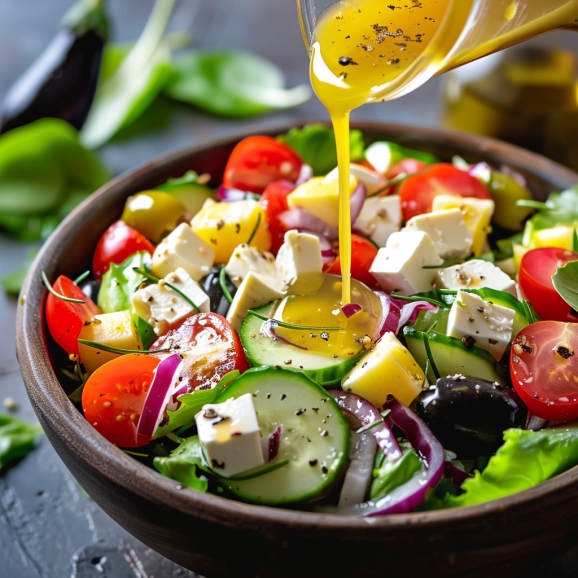
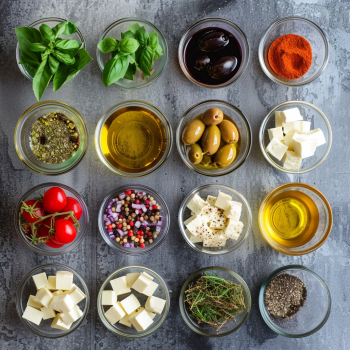
- Digital Heroes Caffe: Discover a range of digital marketing services and tools to help grow your online presence.
- Chef on a Bike on YouTube: Watch video tutorials and recipes to enhance your Greek cooking skills.
